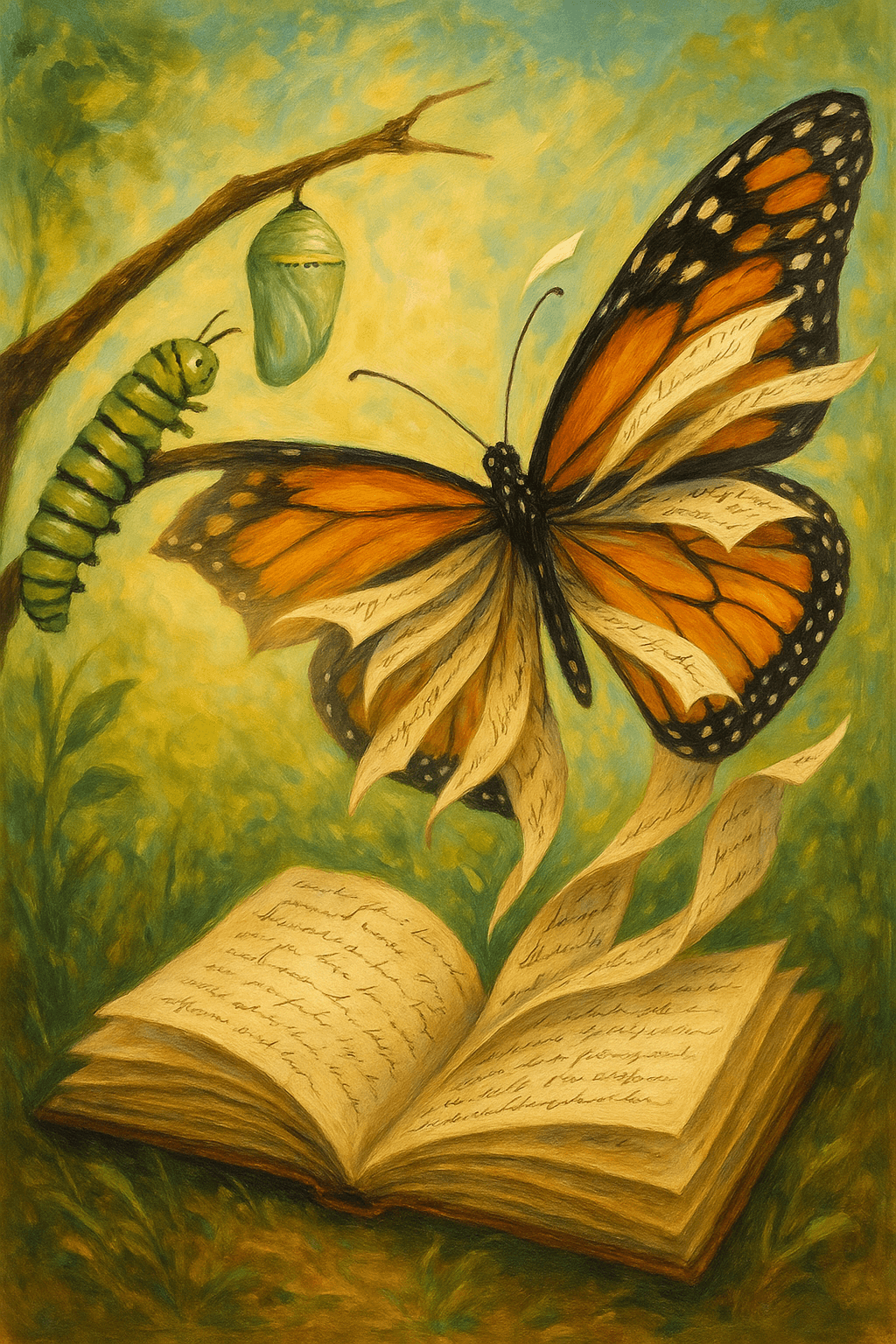Translation as Literature’s Second Act of Creation

To translate a book is to write it for the second time. — Umberto Eco
The Translator’s Creative Role
Umberto Eco’s statement invites us to see translators not merely as linguistic intermediaries but as true co-authors. When engaging with a text, a translator must make countless interpretive decisions that go beyond the simple replacement of words. Each choice—from tone to cultural reference—reshapes the work, underscoring how translation is a creative endeavor in its own right.
Bridging Cultural Contexts
Transitioning from creativity to responsibility, translation involves bridging not just languages but entire cultures. For instance, translating Gabriel García Márquez’s *One Hundred Years of Solitude* required Gregory Rabassa to find English equivalents for Latin American idioms and magical realism. In doing so, Rabassa, like many translators, effectively ‘wrote’ the book anew for a different audience, preserving sentiment while adapting form.
Faithfulness Versus Freedom
Moving forward, Eco’s idea invites reflection on fidelity versus adaptability in translation. Should the translator stick slavishly to the original, or prioritize the text’s spirit over literal accuracy? Vladimir Nabokov, in translating Pushkin, famously lamented the inherent losses and necessary liberties of the process. This tension highlights the delicate artistry—and inevitable subjectivity—of rewriting a work for a new linguistic world.
Receptions and Interpretations
Moreover, translation shapes how literature is received and understood across societies. Consider how Edith Grossman’s translation of Cervantes’ *Don Quixote* brought renewed vitality and accessibility to English-speaking readers. With each translation—each ‘second writing’—a book accrues fresh interpretations, influencing its global legacy and evolving meanings.
Echoes of the Original Author
Ultimately, translating a book weaves a conversation between the original author and the translator. As Eco himself explored in *Experiences in Translation* (2001), the process’s nuances ensure that each version carries both the writer’s and translator’s voices. Thus, to translate is indeed to write the book again—this time, with a new hand shaping its journey across linguistic and cultural boundaries.